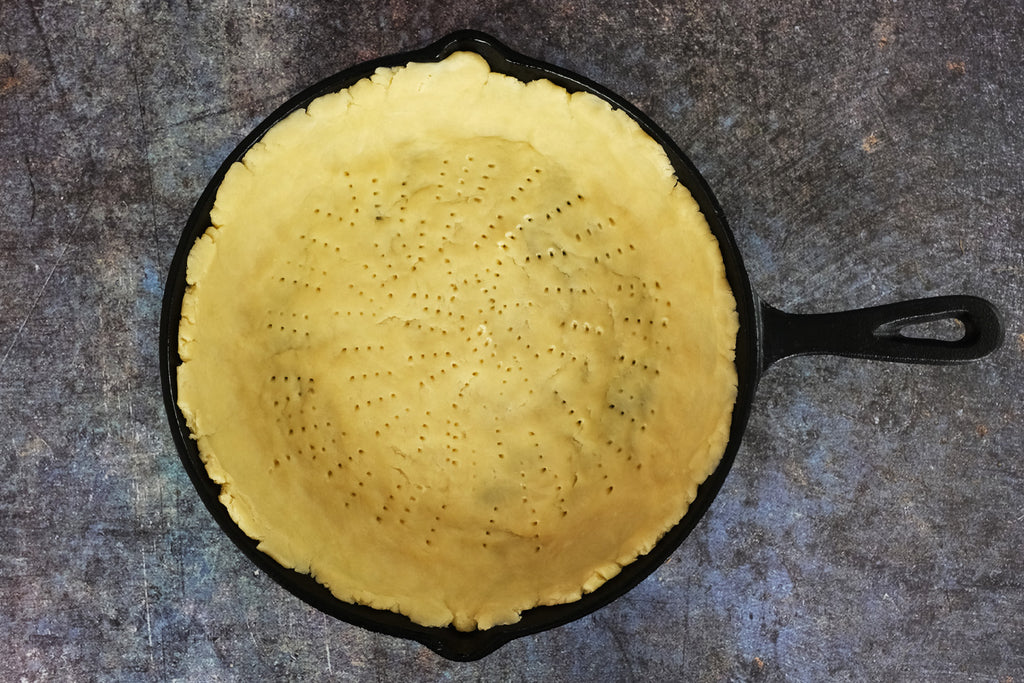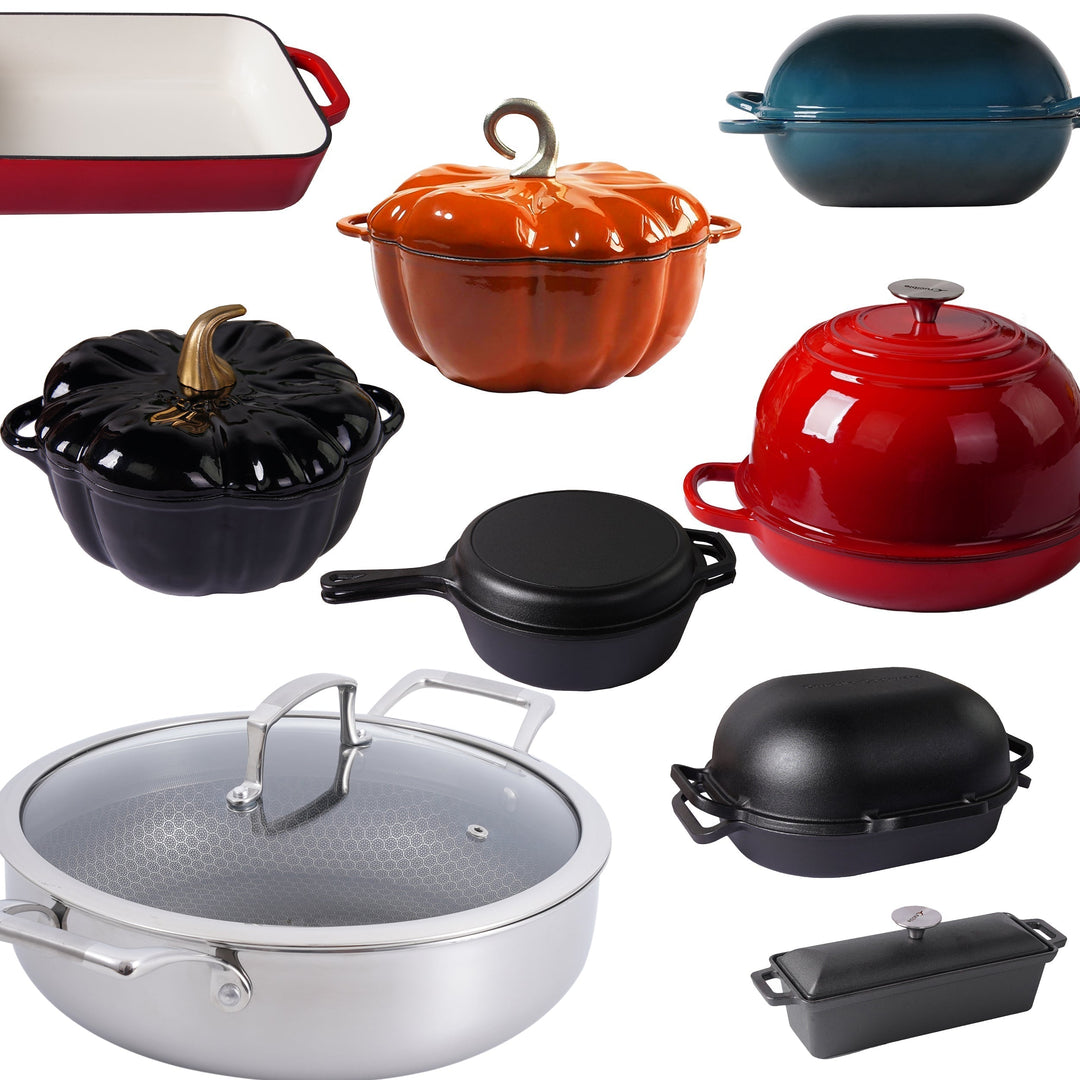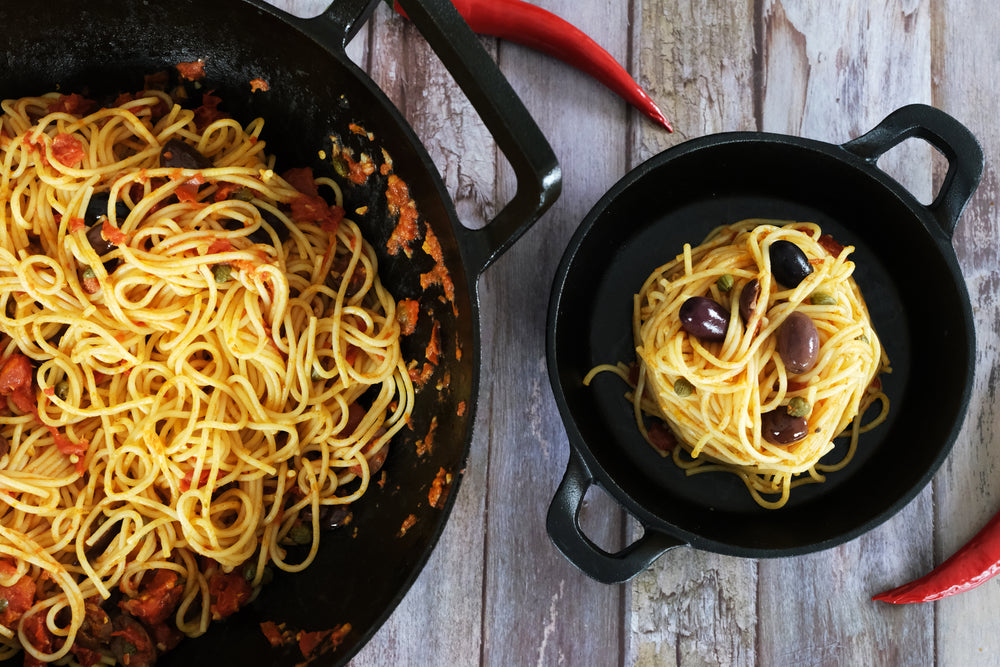Å mestre kunsten å lage paideig: Viktigheten av å prikke deigen for perfekte resultater

Oppdag hemmeligheten bak å oppnå feilfrie paibunner hver gang. I paibakingens verden skiller en enkel teknikk seg ut som en revolusjonerende metode: å prikke deigen. Bli med oss når vi avslører hvorfor det er avgjørende å prikke deigen for å oppnå den ettertraktede gyllenbrune bunnen som både er sprø og vakkert flat.
Å prikke deigen til en paibunn, også kjent som docking, har flere formål:
-
Forebygge luftbobler: Når du steker en paibunn, kan luftbobler dannes under overflaten, noe som får bunnen til å blåse seg opp ujevnt. Å prikke deigen med en gaffel lager små hull som lar damp slippe ut under steking, og forhindrer at disse boblene dannes og holder bunnen flat.
-
Jevn steking: Å prikke deigen hjelper til med å sikre at bunnen stekes jevnt. Ved å lage små hull kan varmen trenge inn i deigen mer jevnt, noe som resulterer i en jevnt stekt bunn.
-
Forebygge krymping: Å prikke deigen kan også hjelpe med å forhindre at bunnen krymper for mye under steking. Krymping kan skje på grunn av at glutenet i deigen trekker seg sammen når den stekes. Ved å prikke deigen lager du svake punkter som gjør at deigen kan utvide og trekke seg sammen jevnere, noe som reduserer sannsynligheten for betydelig krymping.
Alt i alt er det å prikke deigen til en paibunn før steking en enkel, men effektiv teknikk for å sikre en flat, jevnt stekt bunn til paien eller terte.















Legg igjen en kommentar